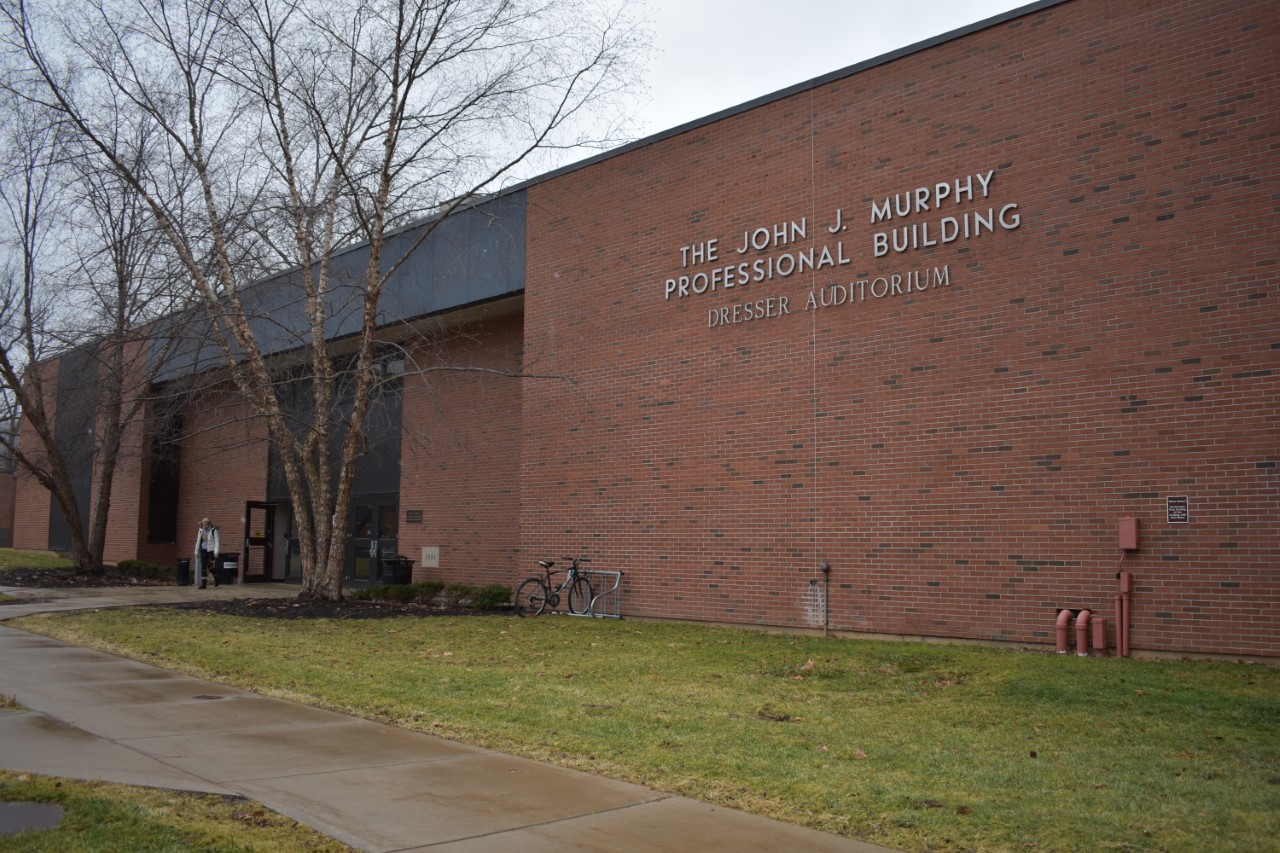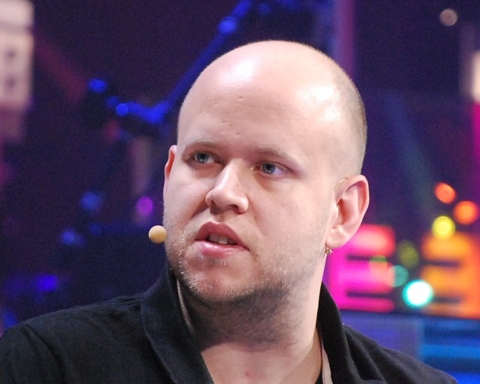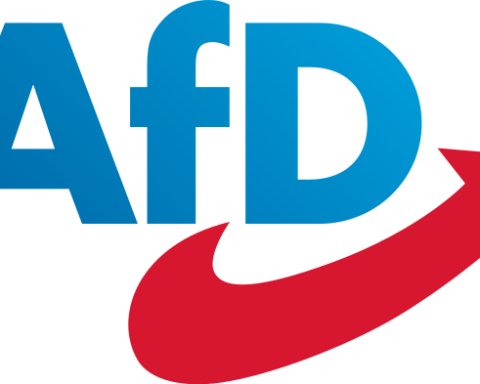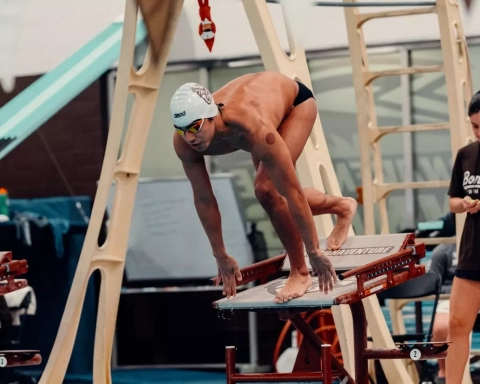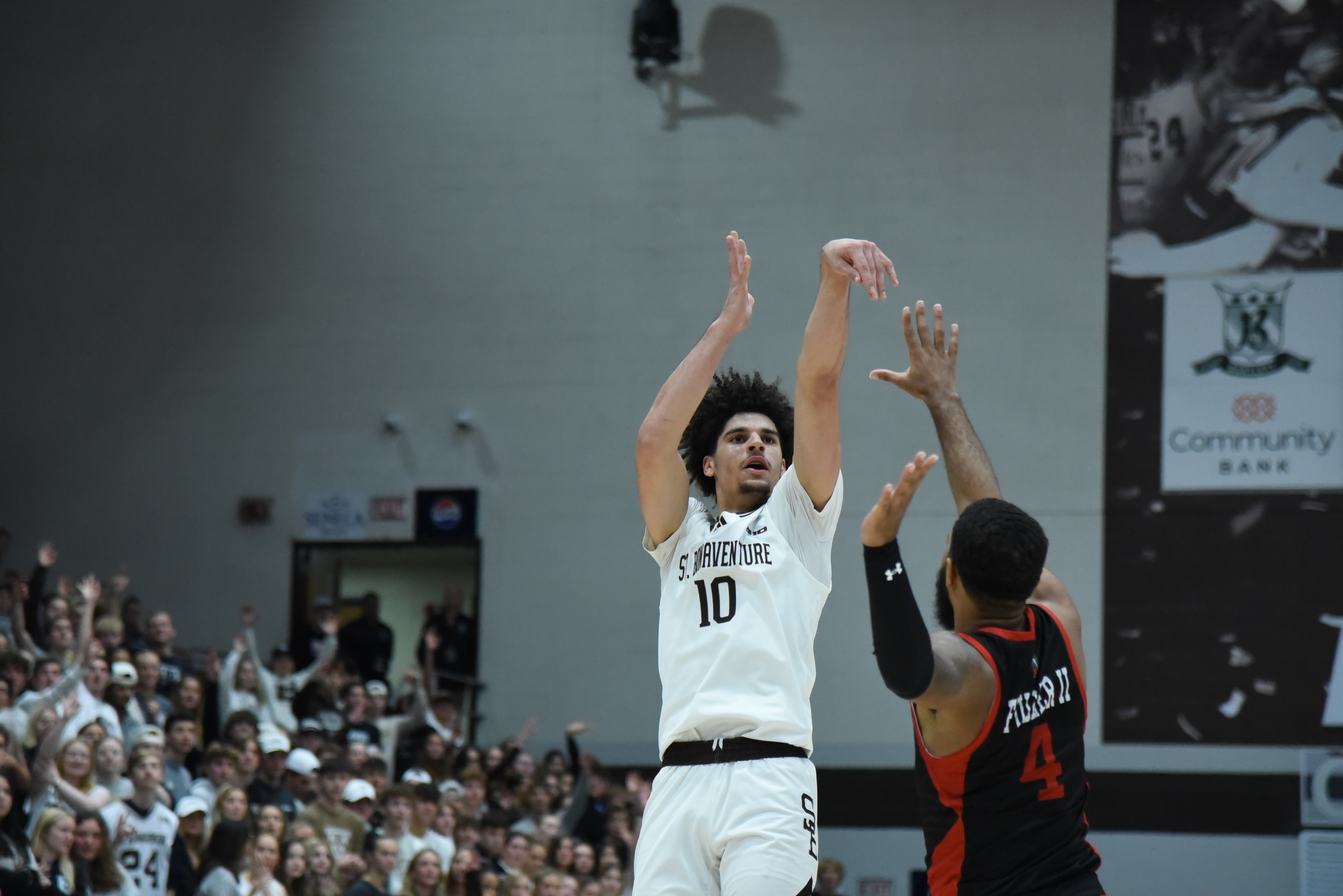By Lian Bunny
Photo Editor
An accreditation team visited St. Bonaventure’s journalism school this week and has recommended provisional accreditation, according to Pauline Hoffmann, dean of the Jandoli School of Communication.
Hoffmann said this means the school has two years to progress in order to achieve outright accreditation from the Accrediting Council on Education in Journalism and Mass Communications.
“Provisional is by no means a slap on the wrist,” said Hoffmann. “It indicates that changes/corrections may be made in a relatively short period. It is also an indication that we are moving in the right direction toward outright accreditation.”
Before officially receiving provisional accreditation, the team that visited Bonaventure must meet with the Accrediting Committee in March and then the Accrediting Council in May, Hoffmann said. The Council may follow the site team’s recommendation or deny it.
Carol J. Pardun, a journalism professor at the University of South Carolina and site team member, said there are nine standards each accredited school must uphold.
These standards are mission, governance and administration; curriculum and instruction; diversity and inclusiveness; full-time and part-time faculty; scholarship; research, creative and professional activity; student services; resources, facilities and equipment; professional and public service; and assessment of learning outcomes, according to the organization’s website.
According to Hoffmann, the site team specifically said the journalism school should progress in diversity and assessment.
Riley Eike, a senior journalism and mass communication major, said she thinks the school offers a lot of opportunities for diversity.
“We have the opportunity to talk to people from other majors, other grades and, through the TAP (into Greater Olean) class, we talk to people not in our Bona bubble at all,” Eike said. “I find this very important. Our major allows us to have a variety of fields and interests, and I think that really makes us special.”
The TAP class refers to JMC-410-01, which is a hands-on community news reporting course where students staff an online news site covering communities surrounding the university, according to the official class description.
Hoffmann said the university’s location is both a strength and a weakness. She said the community has allowed TAP to thrive as a news outlet, but the small setting could affect diversity.
“We’re not as diverse as we’d like, but I think that’s a product of location,” she said.
As part of the site team’s visit, the members talked with Bonaventure journalism and strategic communication majors.
Bob Frause, site team member and CEO of a strategic communications firm, said he was happy to see so many students talk at the meetings.
“I was excited about the comments and all the students had to say,” he said. “I thought it was really fun.”
Taylor Walker, a junior journalism and mass communication major, also said the talk went well.
“I think the journalism students really got a chance to talk about how amazing not only St. Bonaventure is, but how incredible the journalism school is,” she said. “Between how great all of us students work together and how supportive the staff is, I would say this is one of the best schools on campus.”
Walker also said the journalism professors have become her family, and she wouldn’t want it any other way.
Jerry Ceppos, dean of the communication school at Louisiana State University and site team member, said he enjoys meeting with students as an educator to get ideas for his own school.
“I would love to have students say about LSU what you all said about Bonaventure – that was very moving, what you said about how much the faculty cares.”
bunnyla13@bonaventure.edu

